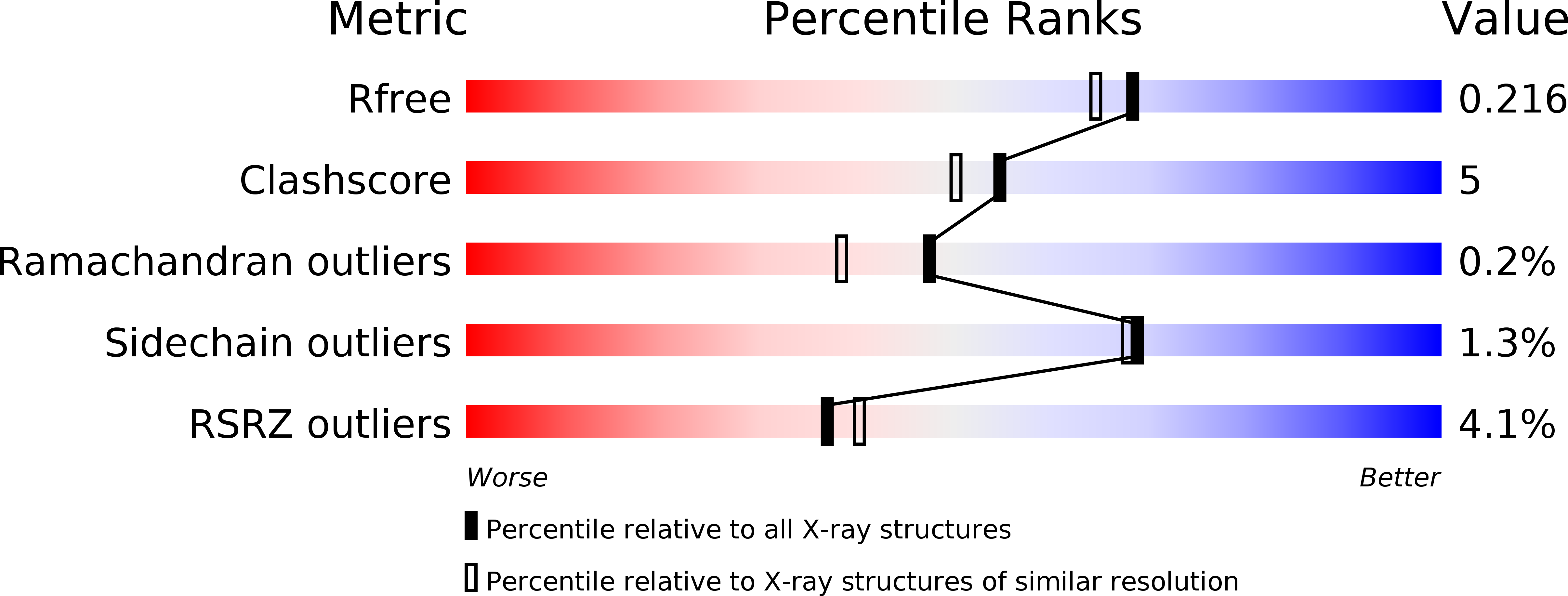
Deposition Date
2005-12-06
Release Date
2006-08-22
Last Version Date
2024-10-30
Entry Detail
PDB ID:
2F9W
Keywords:
Title:
Structure of the type III CoaA from Pseudomonas aeruginosa
Biological Source:
Source Organism:
Pseudomonas aeruginosa (Taxon ID: 208964)
Host Organism:
Method Details:
Experimental Method:
Resolution:
1.90 Å
R-Value Free:
0.22
R-Value Work:
0.21
R-Value Observed:
0.21
Space Group:
P 41 21 2


